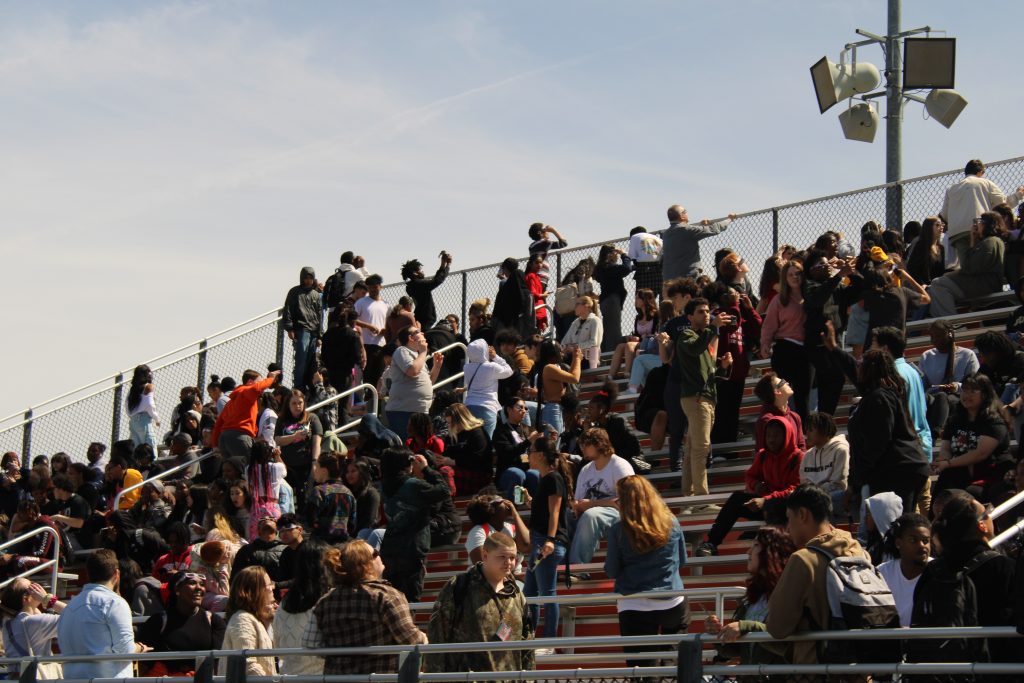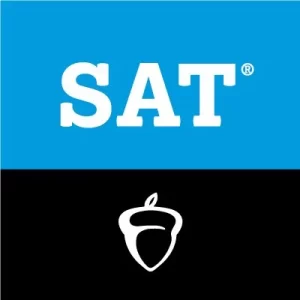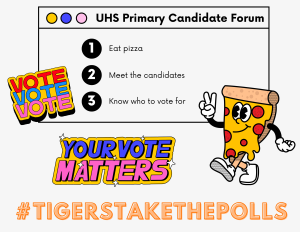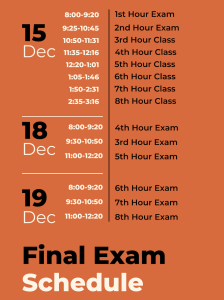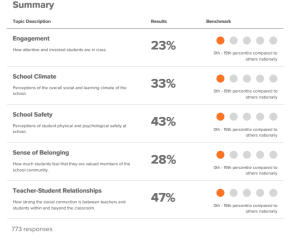Public Schools and the Environment: the issue no one is talking about

The environmental impact of public schools has gone under the radar. From the 480,000 diesel-powered school buses to the immense energy consumption schools require to operate, educating the youth may start to come at a cost.
Urbana is known for its socially conscious community. Urbana High School is no different, showing its awareness through various clubs, assemblies, and holidays. They have shown support and alliance with the LBGTQ+ community, as well as other ethnic, racial, and gender minorities.
Yet one thing the school has yet to significantly act upon has been its environmental footprint, a negative footprint it will continue to leave unless things change.
When contacted, Urbana High School was unable to provide any information regarding its energy consumption, the amount of single-use plastic that is used inside the building, the amount of waste it produces, or anything along those lines. The only information that was relevant to this article we were able to obtain was the amount of white 24lb paper the district has used throughout the years*, thanks to Carol Baker, Chief Financial Officer.
The fact that this information is either not tracked or not readily available makes it clear that there is a problem. Not only in Urbana, but across the nation.
The way public schools are and operate right now is simply not cutting it. They are inefficient energy-wise, release an incomprehensible amount of co2 emissions, waste food, and rely too heavily on single-use plastics.
But there is another layer to this problem: there is just not enough data or sources to accurately know how much public schools in the United States are affecting the environment. And of course, the little we do know is not good.
According to the 2021 Report Card for America’s infrastructure, school facilities got a grade of a D+, saying 41% of schools reported issues with their HVAC systems. This is because many schools’ HVAC systems were made and designed in the 1970s, which are super inefficient and don’t help reduce schools’ carbon footprint.
According to Generation 180, “a non-profit [organization] working to inspire and equip people to take action on clean energy,” public schools emit 72 million metric tons of carbon every year.
It is worth mentioning that the numbers put forth by Generation 180 need to be taken with a grain of salt. Much of the information they based their findings on needed to be assumed because there simply is not enough information to accurately calculate a number.
Here is where Urbana School District 116 has the opportunity to set its schools apart from the rest of the pack. Just by tracking its energy consumption, carbon emissions, use of single-use plastic, etc. (which is not difficult) and making it available to the public eye, it would already put them ahead of probably most of the public schools in the United States.
Not only would it raise awareness of the effects the public education system has on the environment, but it would also help the school district look good in the public eye. A proactive choice would be for the school district or Urbana High School to get a rating from LEED which is, “the most widely used green building rating system in the world.” If the Urbana school district would get a LEED rating for its schools, it would have an incentive to become more environmentally friendly to get a better rating but it would also lift the school’s district status above any of the surrounding schools in the area.
Unfortunately, the lack of urgency and commitment to solving this issue makes it very obvious that fixing the public school system’s environmental footprint is not a priority. And unless things change, we will have to face the sad reality that the system that is educating our future generations will also make the place they call home inhabitable.
*For those who are interested, before the Covid-19 pandemic that forced the high school to e-learning, the school district used 25,200 reams of white 24lb paper in one school year. For reference, one ream is 500 pages of paper, which means the district used 12.6 million sheets of paper across its schools for one school year. For the 2020-2021 school year the district used 16,800 reams of white 24lb paper in one school year, for sure a step in the right direction. But not one that the district chose to do and instead got forced into doing thanks to the Covid-19 pandemic moving school online.
